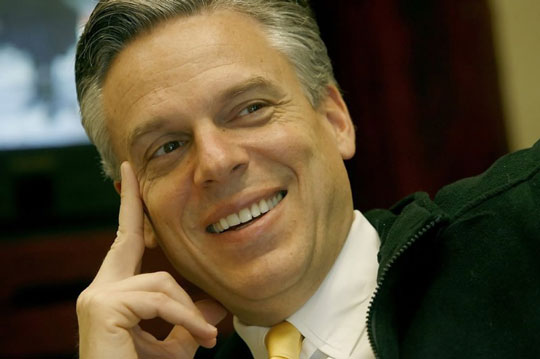
I’m really intrigued by Jon Huntsman, who has announced he’s running for President.
I’ll probably vote, again, for Barack Obama. I’m disappointed with him in several areas, but I don’t think he’s been a bad president at all, despite all the verbal sludge from the Republican Right. If conservatives were in power, we’d still be deeply involved in Iraq, we’d probably be much more involved in Libya (and might have attacked Iran by now), we’d still be in denial about climate change, and General Motors would have been allowed to go under, along with hundreds of thousands of jobs. So I have no regrets about electing Obama. Just disagreements and disappointments here and there.
But Huntsman…
I couldn’t vote for any of the other Republican nominees. Maybe Romney, but he’s too much of a chameleon, believing whatever people want him to believe. The others are too beholden to the Tea Party, which is all about No Compromise Under Any Circumstances, Or Else. Or they’re just plain not electable.
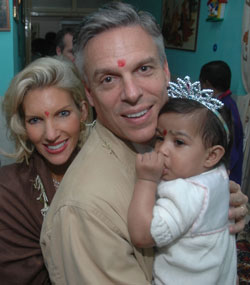
The Huntsmans in India with an adopted daughter.
Here, however, are some reasons why Huntsman interests me.
- He’s a political moderate (a dying breed in the GOP).
- He’s a clean-living Mormon, but not a very devout one. I don’t know if that’s a good thing or a bad thing, honestly.
- Though he’s a Mormon, he married an Episcopalian, and they send their kids to Catholic schools.
- He’s fluent in Mandarin.
- He respects the Presidency enough to work for a Democrat president, even when every political advisor would tell him it will hurt his own chances to become President someday.
- He’s a classically trained pianist who fancies himself a rock-and-roll keyboardist.
- He met his wife while both were working in a Marie Callendar’s restaurant (he, a billionaire’s son, was washing dishes).
- He dropped out of high school to play in a rock band (Wizard), then got his GED. Talk about the beat of your own drummer.
- He’s very pro-environment, and recognizes the threat of climate change.
- Rather than attack Obama, which he’s reluctant to do, he advances his own vision for America (the other candidates are mostly just attack dogs with scant vision to articulate).
- There have been no scandals around him.
- He’s been ambassador to both China and Singapore, and was a Mormon missionary to Taiwan. He’s well-acquainted with that highly-important part of the world.
- He’s pro-life.
- He’s been a governor, of Utah, and a very popular one at that (80% approval rating when he left to become ambassador to China).
- As governor, he expanded healthcare reform to extend coverage to children.
- He’s got a real good, pranksterish, self-deprecating sense of humor.
- He and his wife have adopted children from India and China.
- He worked for Ronald Reagan, was George H.W. Bush’s ambassador to Singapore, and was Deputy US Trade Representative for George W. Bush.
- He loves rock & roll.
- He’s in favor of civil unions. I want that to be the norm for gay couples, not marriage.
- His announcement speech included this: “We will conduct this campaign on the high road. I don’t think you need to run down someone’s reputation in order to run for the Office of President.”
- He wants to run a civil campaign. A campaign between him and Obama might be like the gentlemanly Senate race between John Kerry and William Weld. That would be a breath of fresh air.
For now, I’m just intrigued. Still way too much I don’t know about him.


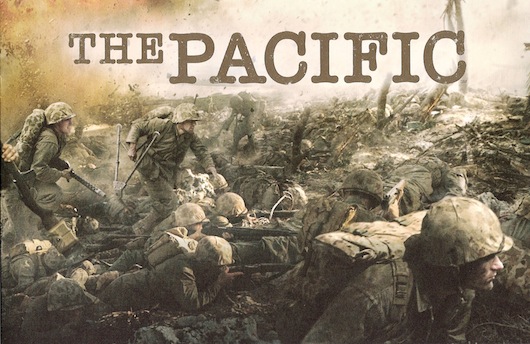
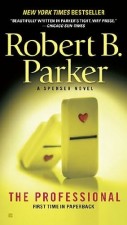 “The Professional,” from October 2009, is Robert Parker’s 37th novel in the Spenser series. Number 38, “Painted Ladies,” came out in 2010, and Number 39, “Sixkill,” appeared in May 2011. And that’s it. Robert Parker died in January 2010, but had books at the publisher and fresh off his typewriter. But the well is running dry.
“The Professional,” from October 2009, is Robert Parker’s 37th novel in the Spenser series. Number 38, “Painted Ladies,” came out in 2010, and Number 39, “Sixkill,” appeared in May 2011. And that’s it. Robert Parker died in January 2010, but had books at the publisher and fresh off his typewriter. But the well is running dry.


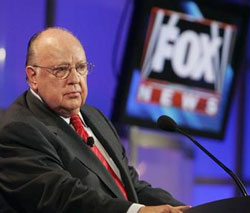 Roger Ailes, who basically created the Fox News Channel, is the subject of two major profiles which have gotten a lot of buzz.
Roger Ailes, who basically created the Fox News Channel, is the subject of two major profiles which have gotten a lot of buzz.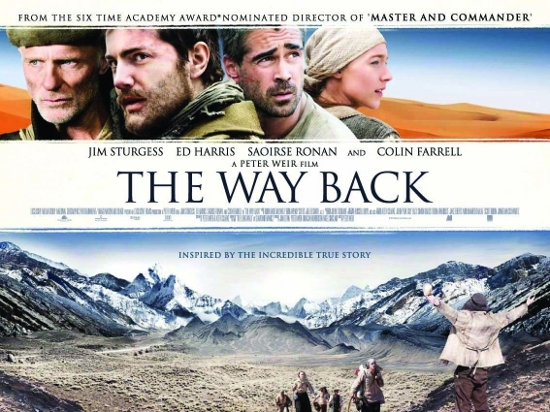
 Last Wednesday I heard Annie Jacobsen talk about her book, “Area 51: An Uncensored History of America’s Top Secret Military Base,” with Jon Stewart on the Daily Show. Then, the next morning, I heard her on Morning Jo’. I was intrigued. I downloaded a 30-page sample onto my Nook, was hooked, and then bought and downloaded the entire book. Four days later, and just six days after the book was released, I’m finished.
Last Wednesday I heard Annie Jacobsen talk about her book, “Area 51: An Uncensored History of America’s Top Secret Military Base,” with Jon Stewart on the Daily Show. Then, the next morning, I heard her on Morning Jo’. I was intrigued. I downloaded a 30-page sample onto my Nook, was hooked, and then bought and downloaded the entire book. Four days later, and just six days after the book was released, I’m finished.





